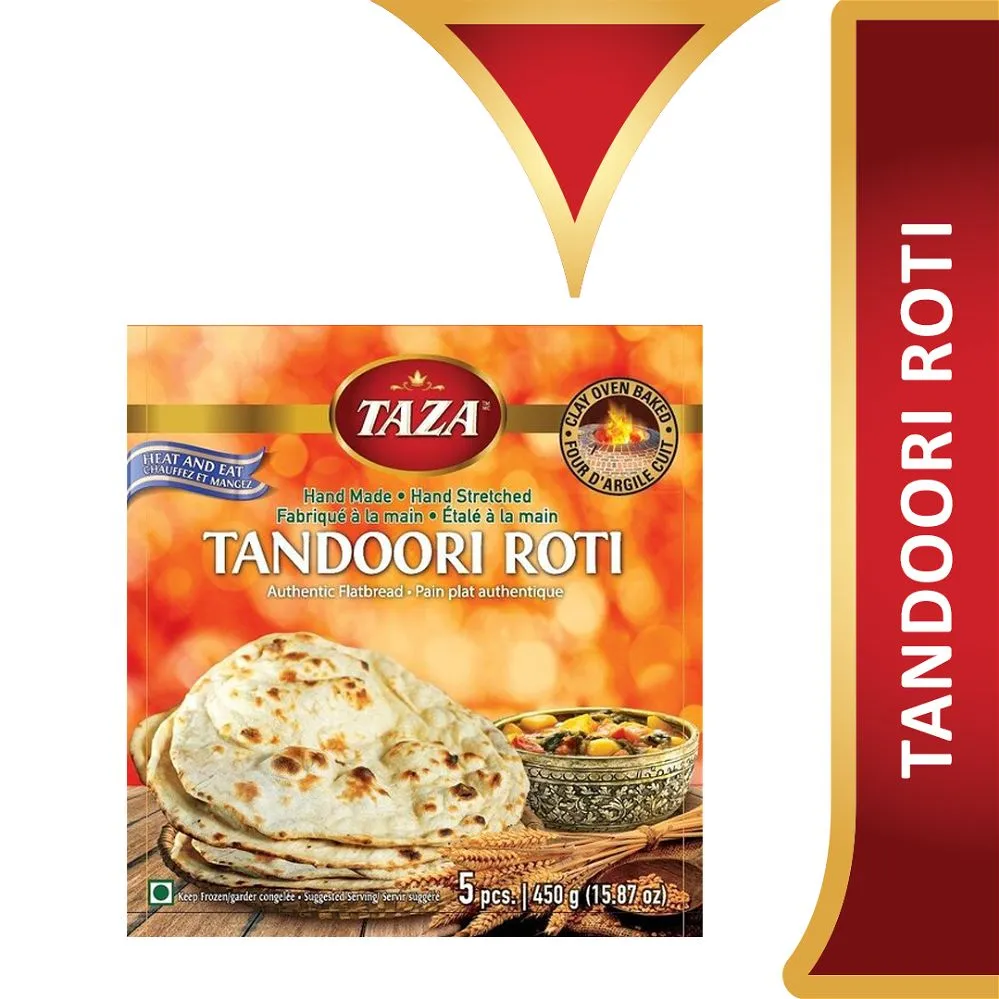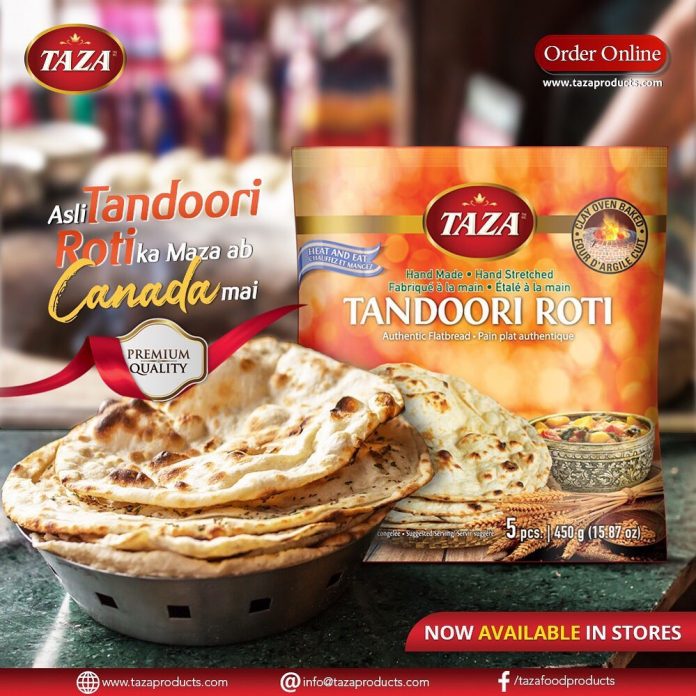In South Asian cuisine, flatbread holds a significant place. Among these, roti distinguishes itself as a leavened, oven-baked flatbread that is soft, fluffy, and irresistibly delicious. Roti can be enjoyed in many ways – it’s perfect for soaking up gravies, serving as a base for pizzas, or simply enjoyed grilled, or toasted. It can also be paired with BBQ favorites like seekh kebab, malai boti, or chapli kebabs. With a bit of creativity, roti transforms any meal. You can choose from a variety of rotis. From the traditional plain roti to specialties like Tandoori or Makki Roti, the options are plentiful. Tandoori Roti features a lovely contrast of soft, chewy texture and crispy, charred bubbles from the tandoor. Great for sopping up curries, enjoying with stews, or accompanying a range of dishes.
Where did Tandoori Roti come from?
Originating from the Indian subcontinent, tandoori roti has a rich history dating back centuries.
Traditionally baked in a tandoor – a clay oven with high temperatures – this bread was initially prepared by chefs who carefully slapped the dough onto the oven’s inner walls.
This allows the tandoori roti to cook quickly and develop its characteristic bubbles and charred spots.
It is believed that various types of Tandoori bread may have been baked during the Harappan period, also known as the Indus civilization when chapatis and thick rotis were also introduced.
In ancient Persia, bread was baked on hot pebbles, and flatbread may have its roots in this ancient baking tradition.
Historically, the Delhi Sultans are credited with introducing the tandoor oven and kebab cooking to India before the Mughals.
It is believed that Tandoori flatbread was originally prepared at the Imperial Court in Delhi as naan-e-tunuk (light bread) and naan-e-tanuri (baked in a tandoor oven).
During the beginning of the Mughal era, Tandoori flatbread served with keema / kebabs became a popular breakfast dish among royalty.
Initially, it remained a delicacy enjoyed by Northern Indian royalty for several decades. However, by 1700, there are mentions of this flatbread becoming accessible to other classes of Indian society.
Tandoori Roti: Ingredients & cooking process
The preparation of tandoori roti involves a straightforward yet precise method.
The dough is typically made from whole wheat flour, water, and salt. It is kneaded thoroughly until it reaches the desired elasticity. Unlike naan, roti usually does not contain yeast or dairy products like yogurt or milk.
Once kneaded, the dough is divided into small portions and rolled into thin, round discs. These discs are then placed onto the heated walls of a tandoor, which is preheated to high temperatures using charcoal or wood.
This intense heat quickly cooks the roti, causing it to puff up and develop characteristic charred spots.
The result is a deliciously soft and slightly chewy bread with a smoky flavor from the tandoor. It complements a wide range of dishes and is enjoyed as a staple in many South Asian cuisines.

Taza frozen tandoori roti
For those who crave the authentic taste of tandoori roti without the effort of preparation, Taza offers a convenient solution with its frozen tandoori roti.
Designed to capture the essence of freshly baked roti, Taza’s frozen version is easy to prepare at home. Simply heat in an oven or on a stovetop, and within minutes, you can enjoy warm, fluffy roti with your favorite dishes.
Taza’s frozen tandoori roti maintains the traditional flavors and textures that make this bread so loved. Whether you’re hosting a dinner party or enjoying a quiet evening at home, Taza’s frozen tandoori roti brings authentic taste and convenience to your table.
Tandoori roti’s versatility and rich history make it a staple in Indian cuisine worldwide. From its humble origins in the tandoor to the modern convenience of frozen varieties. This bread continues to be a favorite for its ability to go well with a wide range of dishes.


